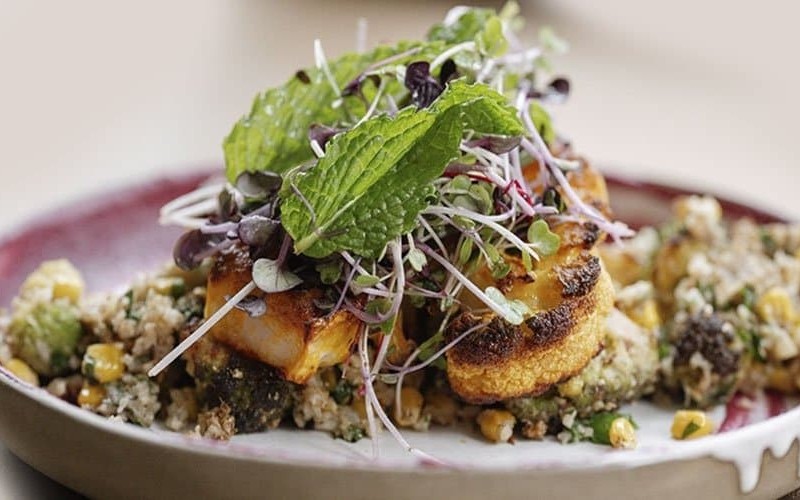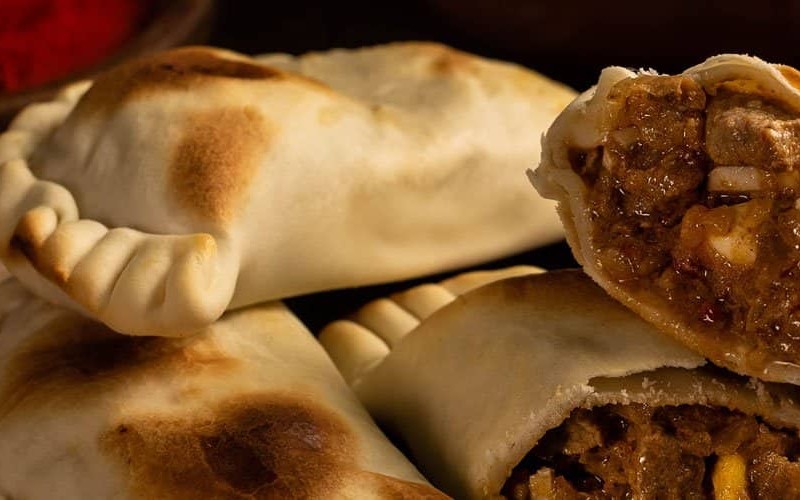Mixing it Up: 5 Must-Try Latino Cocktails
With this heat and summer vibes, we were feeling thirsty so we rounded up some of our favorite boozy drinks to enjoy on a hot summer night.

Latin America is known for its cultural traditions, music, and delicious cuisine. Their mixology, however, can’t be left behind. Drinks are a beautiful means of cultural exploration that are always sure to bring more zest to your taste buds and fun to the gatherings. Explore the list…
Tequila Sunrise from Mexico

Latin America, a region teeming with rich and diverse cultural traditions, is well-known for its music, vibrant festivities, and delicious cuisine. From the cool heights of Mexico to the balmy coasts of Brazil, we can’t forget about some of their most well-known cocktails.
Let’s start our journey with an internationally recognized cocktail from Mexico: the Tequila Sunrise. This drink is made with tequila, orange juice, and grenadine. Its name originates from the way the grenadine settles at the bottom, creating a sunrise effect. While it has become a global sensation, its origins are deeply rooted in Mexico’s tequila culture. This drink is a tribute to the beautiful sunrises you’d witness in the agave fields of Jalisco, where some of the best tequilas are distilled.
Pisco Sour from Peru and Chile
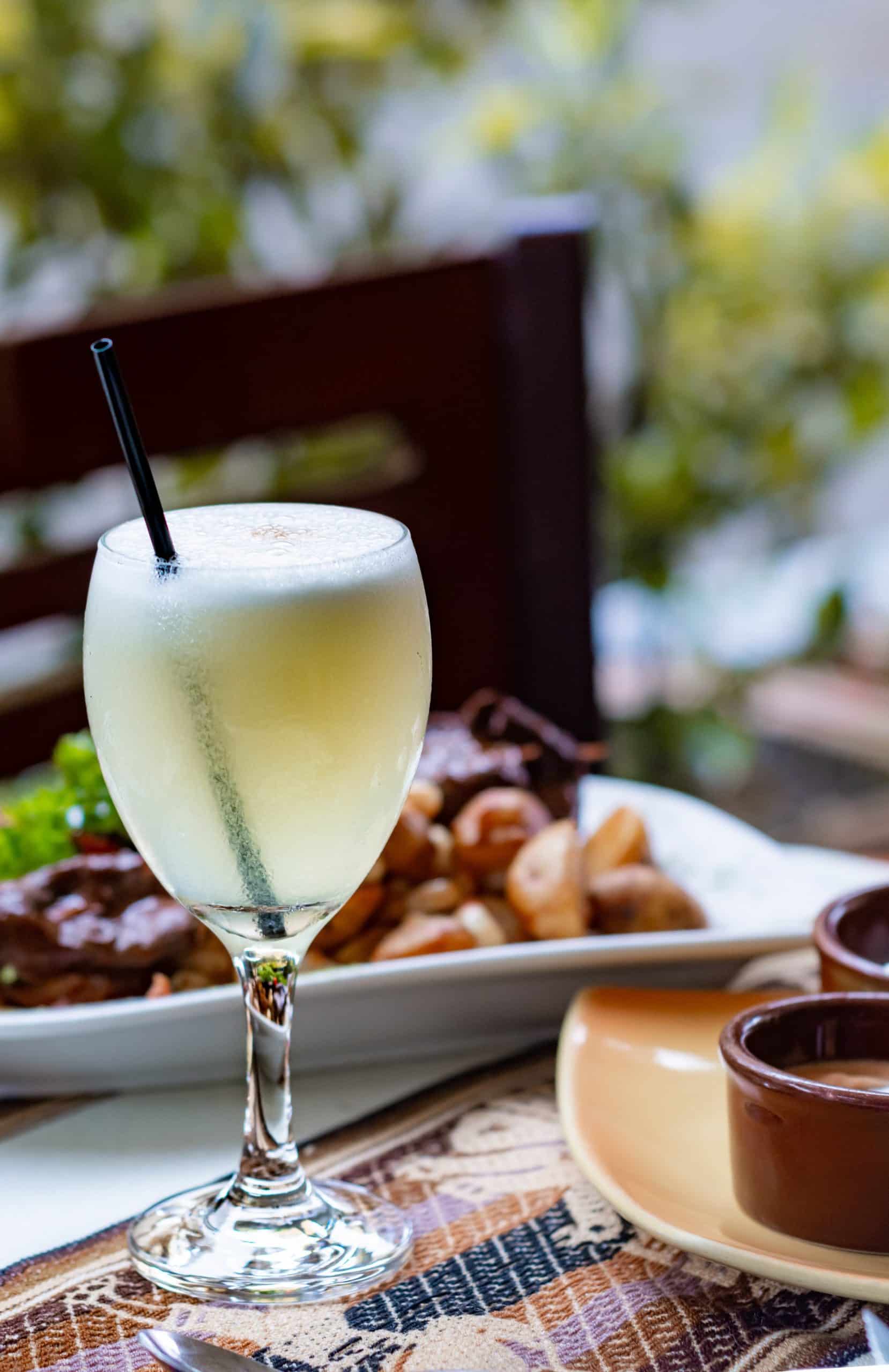
Next, we travel to Peru and Chile for the illustrious Pisco Sour. While both nations claim ownership of this delicious cocktail, the spirit of camaraderie remains, with both versions being delightful. This is a concoction of pisco (grape brandy), lime juice, simple syrup, egg whites, and a dash of Angostura bitters. It’s a smooth, tangy cocktail that pairs beautifully with traditional dishes like ceviche or empanadas.
Caipirinha from Brazil
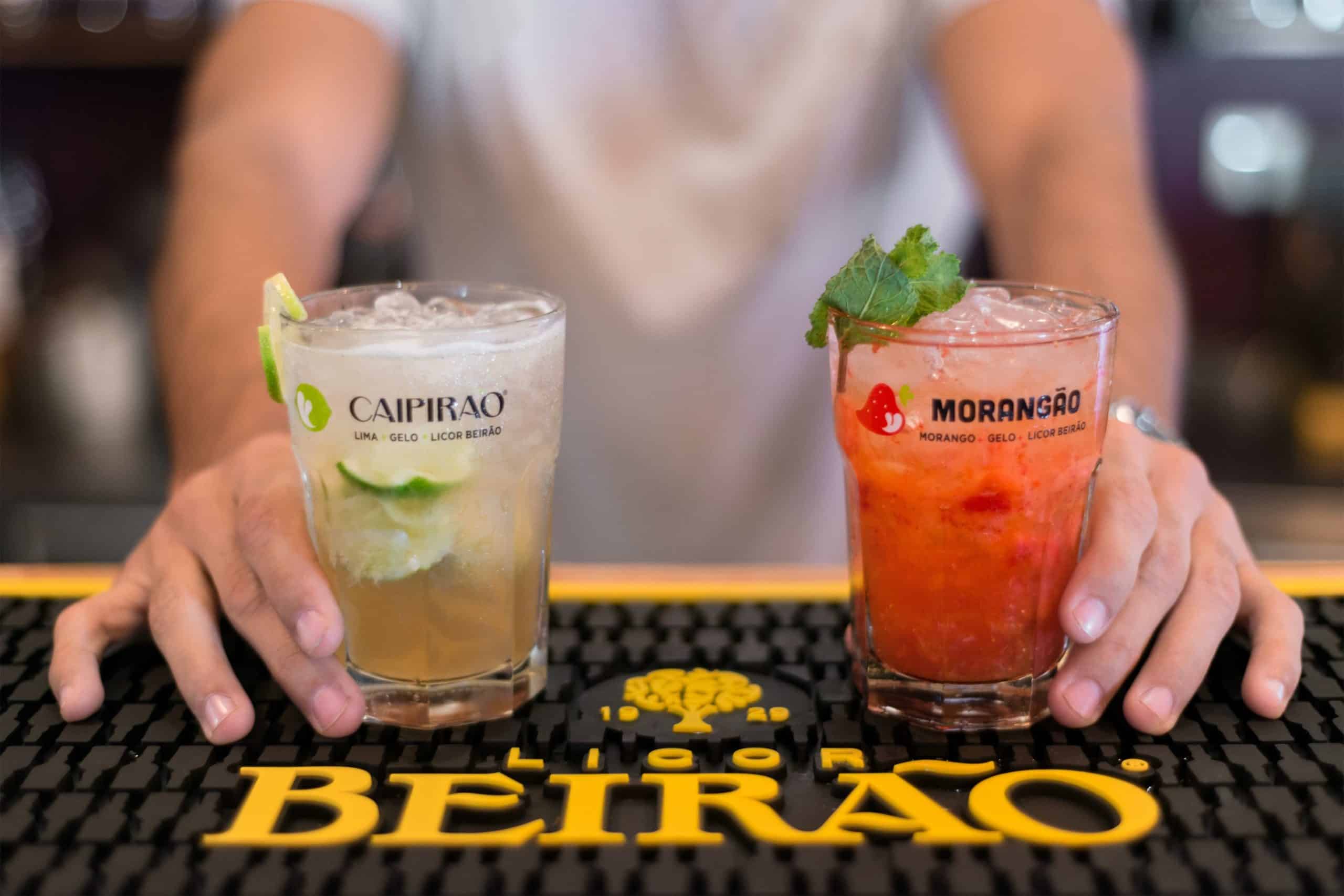
Heading eastward, we find ourselves in Brazil, the home of the Caipirinha. This refreshing drink is made with cachaça (a spirit derived from sugarcane juice), lime, and sugar. It’s the national cocktail of Brazil and an essential part of any celebration, especially during the vibrant Carnival season. The Caipirinha is also versatile, allowing for a variety of fruits to be used instead of lime, such as kiwi, passion fruit, or strawberries.
Michelada from Mexico
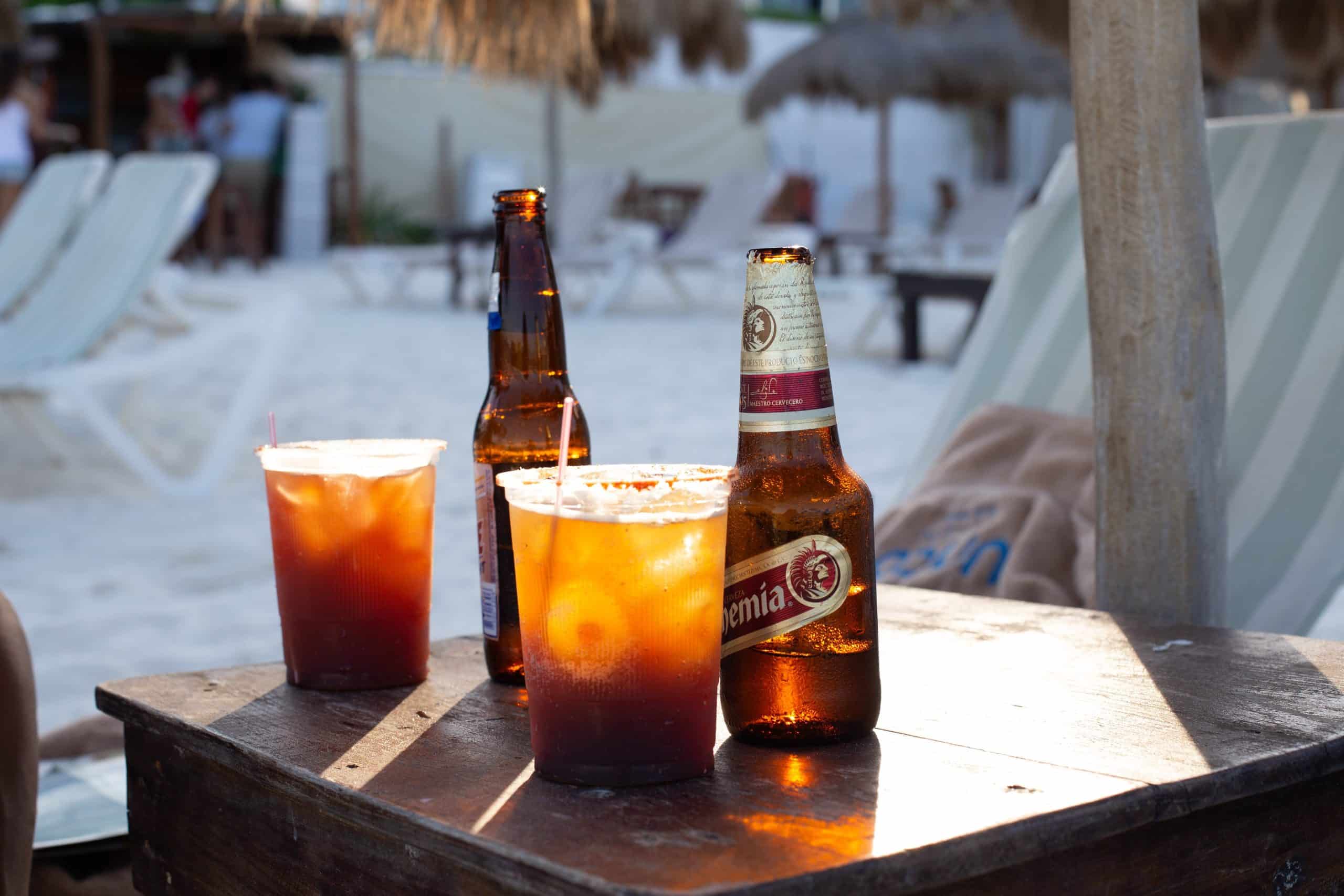
Returning to Mexico, we have the Michelada. This is not your typical cocktail; it is a beer-based concoction, mixed with lime juice, assorted sauces, spices, and sometimes tomato juice. This drink is often enjoyed during hot summer days, and it’s a perfect accompaniment to a Sunday brunch or a beach picnic. It’s spicy, tangy, and refreshingly cool.
Cuba Libre from Cuba

Now, let’s sail to the beautiful island of Cuba for our final stop. Here, we find the Cuba Libre, a simple yet iconic cocktail. The ingredients are rum, cola, and a squeeze of lime juice. Despite its simplicity, it’s a drink that carries a sense of history and rebellion, famously associated with the phrase “¡Por Cuba libre!” (“For a free Cuba!”) during the War of Independence.
As we conclude our journey through Latine mixology, it’s important to remember that these drinks not only quench our thirst but also embody the essence of their respective cultures. They carry stories of celebration, of community, and of life in their native countries. Embrace your Latina roots or show your appreciation for Latin American culture by exploring these traditional drinks. And remember, always enjoy responsibly. Salud!


